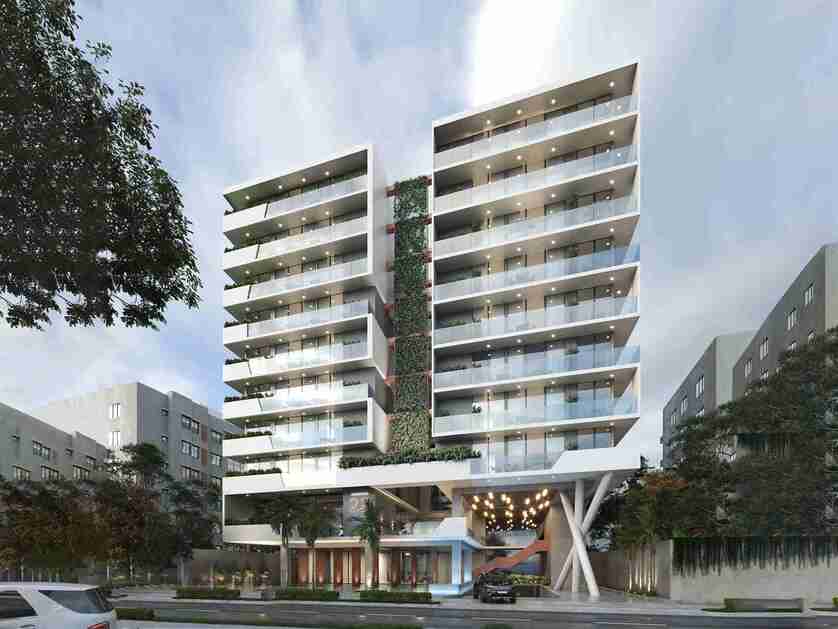What Are Sponge Cities?
Sponge cities are an innovative urban planning strategy developed in China to address the growing problem of urban flooding. Instead of relying solely on traditional infrastructure like levees, pipes, and dams—known as grey infrastructure—these cities embrace nature to manage water sustainably.
Why Are They Necessary?
With climate change intensifying extreme rainfall and rapid urbanization covering the ground with impermeable concrete, many cities are at serious risk of flooding. Rainwater no longer infiltrates the ground as it would in a forest, instead accumulating and overwhelming drainage systems.
Sponge cities tackle this problem through eco-friendly urban design that allows water to be absorbed and temporarily stored, reducing flood risk and improving urban quality of life.
How Do Sponge Cities Work?
These cities integrate sustainable technologies and functional landscaping, including:
- Permeable pavements that allow water to seep into the ground.
- Urban parks and green spaces that act as water retention areas during heavy rain and as recreational zones during dry periods.
- Urban wetlands that naturally filter water and promote biodiversity.
- Interconnected waterways and channels that efficiently transport and store water.
Together, these elements transform the urban landscape into a “sponge” capable of absorbing and releasing water according to climate conditions.
Additional Benefits of Sponge Cities
Beyond reducing flood risk, sponge cities offer multiple advantages:
- Climate change mitigation by reducing the need for air conditioning thanks to the cooling effect of green areas.
- Energy savings compared to grey infrastructure.
- Increased urban biodiversity, protecting local plant and animal species.
- Expansion of healthy public spaces for residents.
- CO₂ reduction through extensive green zones.
Can They Be Adopted Globally?
Yes. The principles behind sponge cities are not exclusive to China. This model can be adapted to various urban realities around the world to address extreme weather, enhance climate resilience, and build more sustainable cities.
Experts say that if this kind of infrastructure were adopted on a large scale, it could make a significant impact in the fight against climate change while protecting urban populations from devastating floods.
Sustainable Urbanism for the Future
Sponge cities represent an evolution in the way we build: greener, more resilient, and aligned with today’s environmental challenges. Embracing this type of urban planning is not just an effective response to climate change—it’s an investment in the well-being of future generations.






